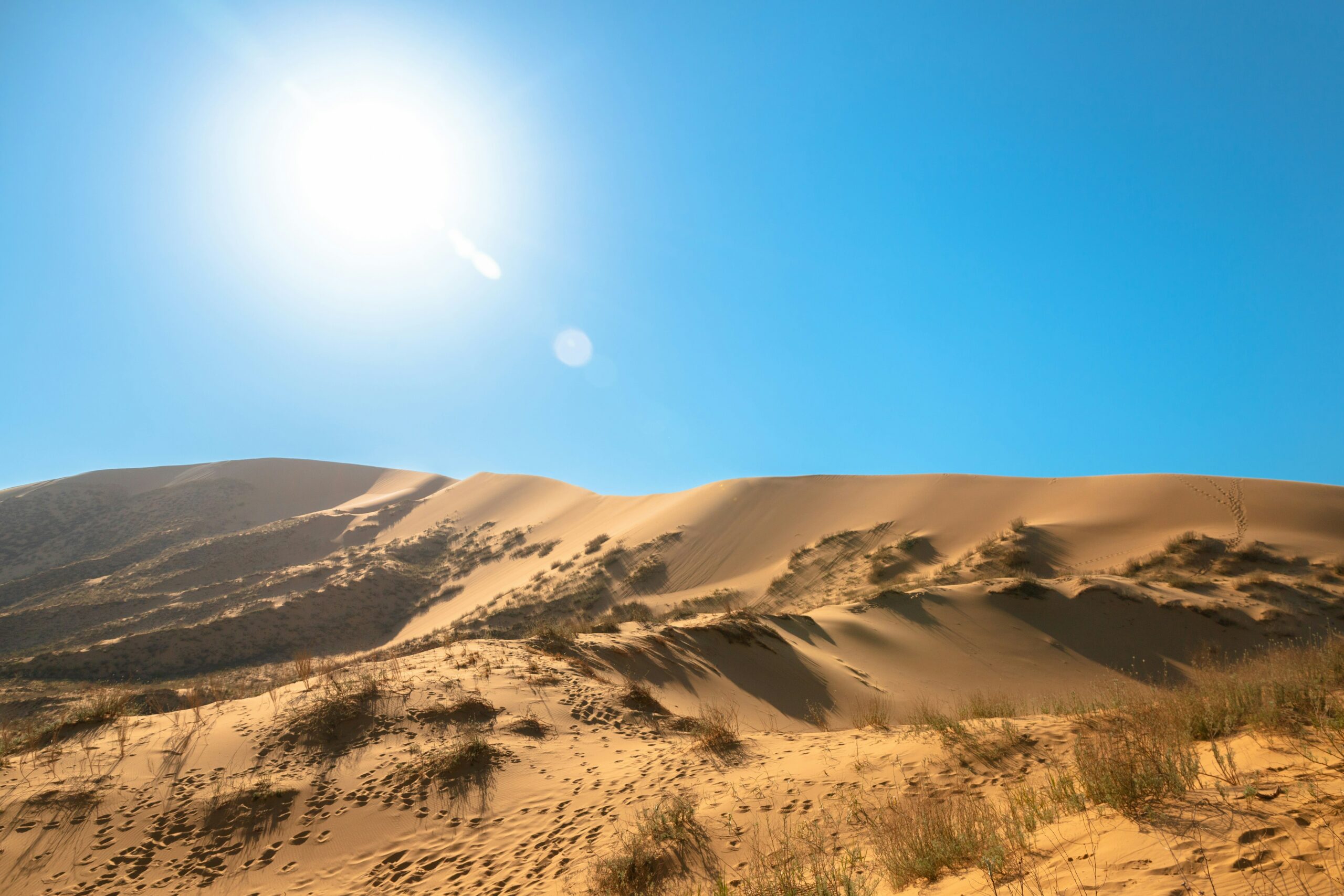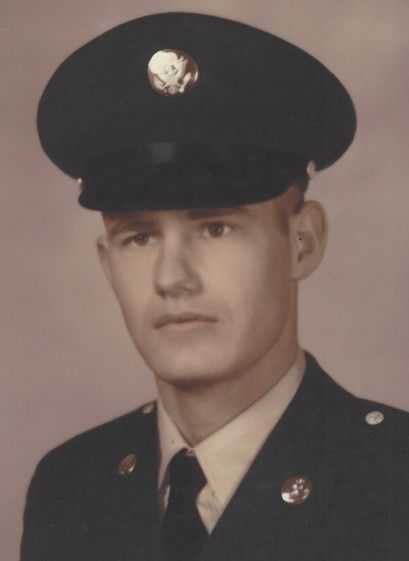Why It’s Important to Exercise in a Hot Climate

The sun scorches, sweat trickles down, heart races, and somehow…it feels amazing. Working out during the hot season isn’t just for the daredevils; it’s a test of toughness, a lesson in biology, and a natural performance enhancer. It can be observed from a building worker enduring the harsh heat to elite marathoners from Kenya: the body adapts and thrives. But rather, what is it about heat that pushes boundaries and motivates transformation? Join us to find out more about this story.
Moving With the Heat, Not Against It
Heat is not an enemy, but a silent partner, testing your strength and teaching you endurance. With a reasonable approach, it helps your body open up in a new way: breathing becomes deeper, movements become more conscious, and every muscle becomes attentive. Increased temperature activates blood circulation, speeds up metabolism, and makes training especially effective. That is why athletes who train in hot climates often demonstrate phenomenal form. This is not a fight against conditions, but the ability to adapt, with body and mind.
The same approach is appreciated by users of digital services, especially in those moments when everything should be easy, fast, and functional. That is why more and more people choose Melbet download as a way to stay in touch with sports and betting in any environment and under any conditions. The application works stably even under high loads, allowing you t o focus on the main thing: on the moment, on intuition, on the game. This is another form of adaptation — only in the digital space, where the hot pulse of sports is always at hand.

Adapting Your Body to the Environment
Every athlete has felt that first scorching workout — dizzy, sluggish, maybe even frustrated. But the body’s got a secret: it learns. Here’s what happens during heat adaptation:
- Increased Plasma Volume: Within 5–7 days, blood volume increases by up to 20%, improving circulation and cooling.
- Enhanced Sweating Efficiency: Sweat starts earlier, is less salty, and cools more effectively — in just 10 days of regular training.
- Lower Core Temperature During Effort: After two weeks, heart rate and core temperature during exercise can drop by 10%, making hard workouts feel smoother.
- Boosted Mitochondrial Density: Cellular energy production skyrockets with continued exposure, leading to a 14% average boost in endurance performance.
Heat doesn’t just challenge. It transforms, slowly and surely. And these changes stay with you – even when the weather turns cold. This is what the posts on MelBet Facebook Somalia remind us of, where stories of overcoming, scientific facts, and real-life examples of adaptation from athletes around the world are collected. This is not just a news feed — it is a space of power, where everyone can learn how nature, body, and will enter into a dialogue and give birth to results!
Building Endurance From Within
During heat stress, the body fights vigorously, searching for oxygen. It undergoes trouble, undergoing both internal and external modifications. The body creates HSPs — heat shock proteins — to manage protective measures and recovery strategy. The University of Oregon conducted a study that showed that cyclists, when exposed to a temperature of 40 degrees Celsius for 10 days, showed an improvement of 6% in time trial performance done under normal temperature conditions. That’s a significant performance improvement.
It’s not isolated to the professionals. Recreational runners training in warmer climates tend to show a much better improvement rate of VO2 max in comparison to those training in air-conditioned gyms. Long-distance runners from Mexico and Ethiopia often start their runs under the sun, not just for the sake of tradition but because the heat enhances their endurance — their muscles, veins, and willpower. It’s not a sudden spike; it’s a slow burn, and that’s what gives it power.
Training Smarter, Not Hotter
Heat can be your ally — if approached wisely. Before turning up the thermostat, think about strategies. Here’s a breakdown of how to train smartly in high temperatures:
| Smart Move | Why It Works | Example |
| Shorter, Focused Sessions | Avoids overheating and keeps intensity high without risking fatigue | 25-minute HIIT before 10 a.m. |
| Adjusted Pace Goals | Heart rate rises quicker — aim for effort, not speed | Run by heart rate, not pace, during heatwaves |
| Heat-Specific Gear | Helps sweat evaporate and prevents overheating | Mesh tops, moisture-wicking caps |
| Gradual Acclimatization | Reduces the risk of heat illness and increases performance safely | +10 minutes of outdoor time daily for 2 weeks |
| Cold Water Preloading | Lowers core temp before workouts, improving endurance by up to 20% | Drink 500 ml of cold water 30 minutes pre-run |
Every detail counts. It’s not about suffering. It’s about outsmarting the heat and letting it work for you.
Hydration as a Daily Ritual
Water is not just fuel; it is survival, strategy, and strength. During hot weather, the body may lose more than 1.5 liters of sweat each hour, even at moderate activity levels. With each drop of sweat, sodium, potassium, and chloride—the muscle function trifecta—are lost. This is why hydration must begin well in advance of a workout.
Daily rehydration should never be a reflexive act. Upon waking, sip 300ml. During meals, add some electrolytes. After finishing a run, measure losses: every 0.5 kg lost corresponds to roughly ~500 ml of water needed. Runners in Arizona have strict log-keeping routines. In Spain, soccer teams weigh players before and after matches to calculate exact requirements. Hydration is non-optional, and it is methodical, exact, rigid, and predetermined in extreme heat.
Early Hours, Better Results
When the sun is a mere flicker above the horizon, that’s when the magic really starts. An early morning workout is much more than a preemptive strategy against heatstroke — it’s a way to tap into the freshest reserves of energy. Cortisol levels are higher in the early mornings, and as the hormone that helps manage stress levels, it’s a great time to have it peak. That’s why many opt for this routine, and here’s what it usually looks like:
- Cooler Temperatures: Roughly between 5:30 and 7:00 a.m., weather is between 5-8°C cooler than peak afternoon temperatures.
- Fewer Distractions: There is a lot less traffic, noise, digital distractions, and interruptions, which allows for much deeper focus.
- Hormonal Advantage: In the morning hours, cortisol helps boost endurance as well as fat metabolism.
- Synchronized Biological Clock: Firing up as soon as there is light during the first part of the day aids in solidifying the internal clock.
It’s clear that the first light of the day doesn’t just have beauty associated with it. When partnered with consistent heat, it’s quite practical and powerful.
Heat as a Natural Motivator
The body endures when working under heat, an entirely different experience. With every breath taken, it is earned, and each step becomes a conscious effort. In this case, discomfort isn’t apparent; rather, it is clarity. With the heat pressing down, there is no space for hesitation or lazy thoughts. The heat demands focus, and in exchange, a gratifying yet deeper satisfaction.
In Brazil’s favelas, teens play soccer barefoot in 35°C for hours. In Thailand, Muay Thai fighters train in open-air gyms while sweat flies off their bodies. It is not an obstacle. Instead, it serves as motivation. Struggling does not halt action, it increases focus. When the heat is sweltering, the mind strengthens as well, and that toughness is permanent, even in the cool.
Embracing the Challenge With Care
Training in higher temperatures is potent and offers a raw kind of honesty. It is a true test of the lungs, heart, and mind. After this kind of training, you are gifted with something far more valuable than reckless abandon; it is the calm assurance of being truly prepared. Those who have trained wisely are far from afraid. When the ground itself radiates heat and the sun is at its zenith, they are confident and ready!
Miss Clipping Out Stories to Save for Later?
Click the Purchase Story button below to order a print of this story. We will print it for you on matte photo paper to keep forever.

